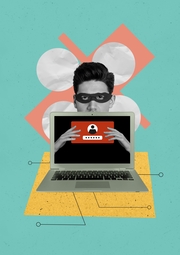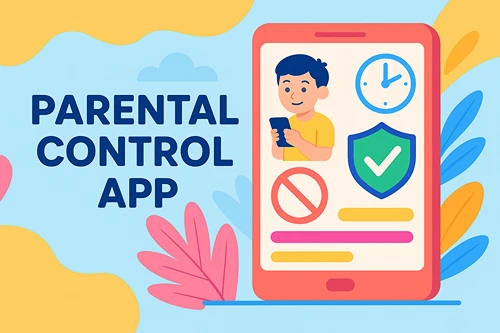How (And Why) to Keep Your Kids off Social Media This Summer
Summer break is one of the best times to be a kid. They get to sleep in, hang out with friends and spend their free time however they want. Unfortunately, that often means scrolling through social media feeds. Kids spending more time on social media during the summer may have negative effects on their mental health.
Learn more about how that could harm your child’s mental health and a few ways to keep them busy this summer.
Ways Social Media Hurts Kids During the Summer
Connecting with people online might seem great, but researchers advise that it happens in moderation. When adolescents spend more than three hours on social media each day, they double their risk of developing anxiety and depression. It relates to kids having virtual experiences such as:
- Seeing posts about summer swimsuits and developing body image issues.
- Watching influencers or their friends go on vacations and becoming jealous.
- Feeling pressured to post more about their personal life like their friends, resulting in sharing too much private information about their families.
Limiting social media use or banning it for specific days may protect your kid’s mental health, especially when they have more free time during summer breaks. If you keep them busy, they’ll have an easier time adjusting to life with less screen time.
How to Keep Your Kids Off Social Media
Young people of any age get upset when they’re bored. Replace screen time with these ideas to make their summer break fun without social media.
1. Sign up for Camps
Organizations know parents need help entertaining their children during summer breaks. You still have to go to work or run errands while they sit at home. Signing them up for summer camps prevents them from getting bored without their social media accounts.
Local groups schedule day and overnight camps to make summer breaks more fun and educational. Your little one could attend a week-long science camp or spend the day with other kids while learning to ride horses. Ask them what hobbies they love most to find camps that are fun, educational or a mix of both.
2. Invest in Summer Tutoring Sessions
Young people may get excited about taking a break from tests during the summer, but those warm weather months are the perfect time to prepare for the upcoming school year. Your child might benefit from a tutor to cover subjects they struggled with during the school year. You can also use free online resources for self-guided study time covering anything from algebra to biology and other difficult subjects.
When it’s time to start algebra in the fall, they’ll do better in school and feel more confident because they took advantage of their summer break with tutoring sessions. Consider what they’ll take this coming year to find tutoring that prepares them for the coming year.
3. Find Summer Sports Teams
Summer sports are another way to keep your kids off social media this summer. Sign them up for basketball, swim team or volleyball lessons. You never know if they’ll discover a new love for a specific sport.
If they do, they could continue their new active hobby with a school team. The community team may also continue through the school year, depending on their funding and schedule.
4. Plan Family Time
Don’t miss out on exciting warm-weather activities during your child’s summer break. You could go to the community pool together or walk around a local nature trail in the evening. Maybe they’d love to camp in the backyard with you. Invite their friends over to make it an extra exciting adventure for everyone.
As long as you spend time together, you’ll boost your child’s well-being, keep them off social media and enjoy all of summer’s fun activities. They’ll also feel more comfortable with your new social media limits if you’re not scrolling through your feeds around them.
5. Attend Seasonal Festivals
The summer months are full of opportunities for festivals. Check your city’s local events calendar to discover what’s happening around town.
Instead of spending time online, your family could attend a parade, a bike festival or cookouts with local volunteer organizations. You’ll show your little one how to find new friends while making fantastic memories.
Enjoy Your Summer as a Family
Plan these fun activities for your kids during their summer break and they won’t mind going without their social media feeds. You’ll help them meet new friends and make memories while protecting them from the potential harm that comes from scrolling through social media all day long.
 Author bio: Cora Gold is the Editor-in-Chief of women’s lifestyle magazine, Revivalist. She strives to live a happy and healthy life with her family by her side.
Author bio: Cora Gold is the Editor-in-Chief of women’s lifestyle magazine, Revivalist. She strives to live a happy and healthy life with her family by her side.
Follow Cora on Facebook and LinkedIn.








